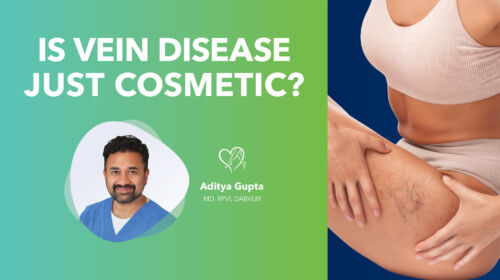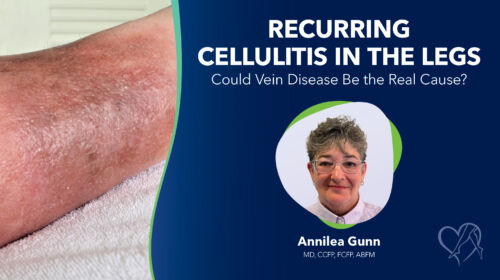
What are Venous Stasis Ulcers?
Learn what venous stasis ulcers are, why they form, and how early treatment can prevent serious leg wounds. This medically reviewed guide from Center for Vein Restoration explains how chronic venous insufficiency causes ulcers, outlines key risk factors like varicose veins and swelling, and highlights today’s minimally invasive treatments that restore circulation, promote healing, and protect long-term vein health.
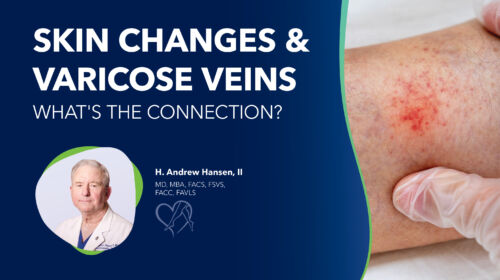
Skin Changes and Varicose Veins: What's the Connection?
Learn how darkening, itching, or hardening skin around your ankles may signal an underlying vein problem. This medically reviewed blog explains how varicose veins and chronic venous insufficiency cause visible skin changes and highlights today’s advanced, minimally invasive treatments that restore healthy circulation and comfort. Discover the warning signs of vein disease and how to keep your legs looking and feeling their best.
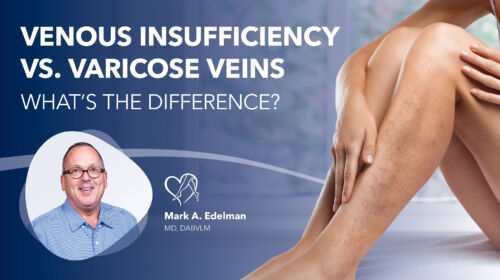
Venous Insufficiency vs. Varicose Veins: What’s the Difference?
Learn the key differences between varicose veins and venous insufficiency, two common vein conditions that affect circulation and leg health. This medically reviewed guide explains how valve failure in the veins leads to symptoms like leg swelling, pain, and visible veins—and why early treatment is essential. Discover expert insights from board-certified vein specialist Dr. Mark Edelman at Center for Vein Restoration, the nation’s leader in vein disease diagnosis and minimally invasive treatment.
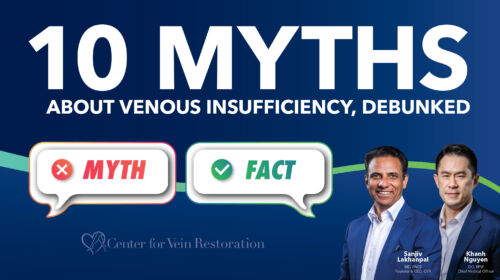
10 Myths About Venous Insufficiency, Debunked
Discover the truth and dispel common myths about varicose veins, spider veins, and chronic venous insufficiency (CVI) in this medically reviewed blog from Center for Vein Restoration, America’s leader in vein health. Learn what really causes leg pain, swelling, and vein disease, and explore modern, minimally invasive treatments that restore comfort and confidence.
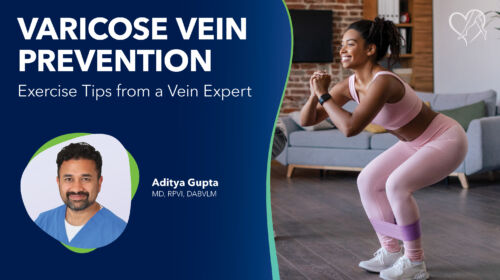
Varicose Vein Prevention: Exercise Tips from a Vein Expert
This vein health blog explores how exercise supports circulation and helps prevent varicose veins and spider veins, with expert insights from Dr. Aditya Gupta of Center for Vein Restoration. Discover the best calf-strengthening exercises, practical tips for daily life, and when to see a vein specialist for lasting relief.
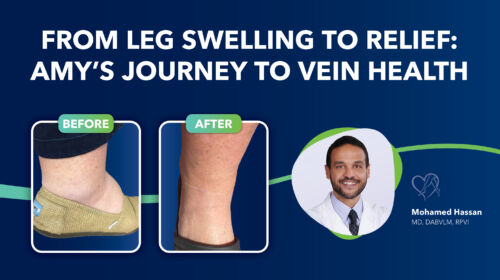
From Leg Swelling to Relief: Amy’s Journey to Vein Health
This inspiring patient story follows Amy’s journey from years of painful leg swelling and heaviness to lasting relief through treatment for chronic venous insufficiency (CVI) at Center for Vein Restoration. Readers will learn how Dr. Mohamed T. Hassan used advanced vein treatments like radiofrequency ablation and sclerotherapy—performed with comfort and compassion—to restore Amy’s mobility and confidence. If you suffer from varicose veins, swelling, or leg pain, this blog shows how expert vein care can transform your quality of life.

My Legs Are Tingling. Is it Paresthesia or Problem Veins?
Tingling legs can be more than just “pins and needles”—they may signal nerve-related paresthesia or vein problems like varicose veins, spider veins, or chronic venous insufficiency. This blog explains how to tell the difference, when to see a vein doctor, and what treatments a vein specialist may recommend. Learn how Center for Vein Restoration, America’s largest physician-led vein center, provides expert care to relieve leg tingling and restore healthy circulation.
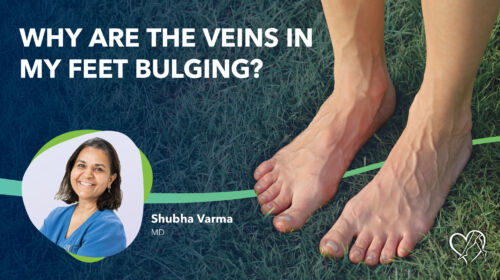
Why Are The Veins in My Feet Bulging?
Bulging veins in the feet can look alarming, but while some are harmless, others may point to vein disease such as varicose veins or chronic venous insufficiency. This blog, medically reviewed by Center for Vein Restoration vein physician, explains what causes foot veins to bulge, how common the problem is, and when it may require medical attention. Readers will also find self-care tips, warning signs to watch for, and clear reasons why CVR’s board-certified vein specialists are trusted leaders in vein health nationwide.
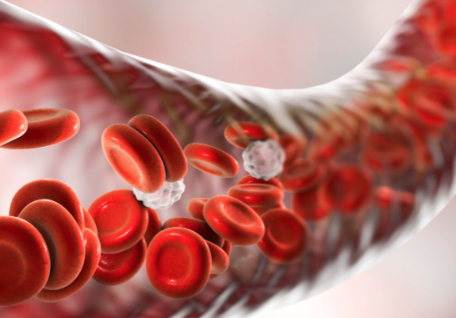 About Vein Disease
About Vein Disease
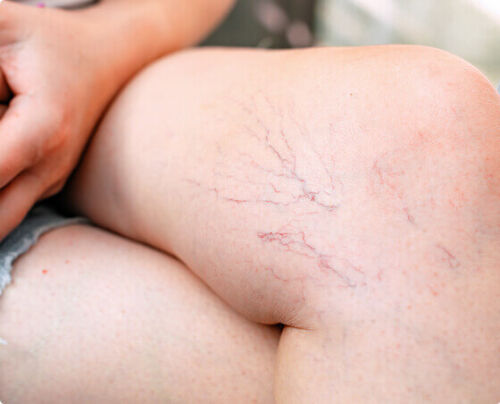 Spider Veins
Spider Veins
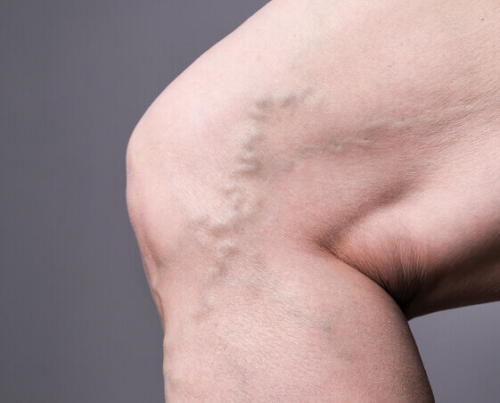 Varicose Veins
Varicose Veins
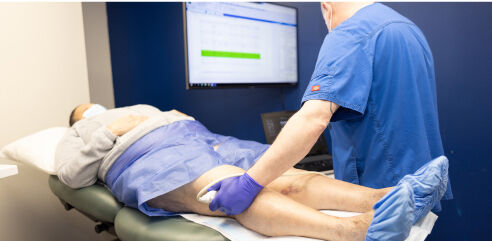 Vein Disease Treatments
Vein Disease Treatments
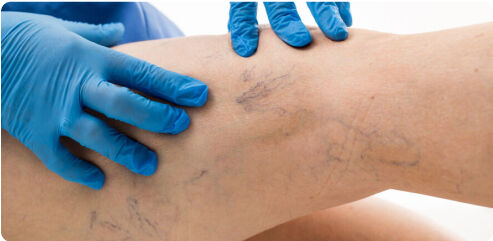 Treating Spider Veins
Treating Spider Veins
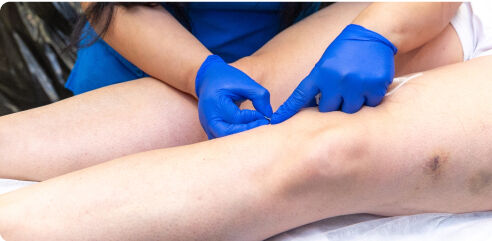 Treating Varicose Veins
Treating Varicose Veins
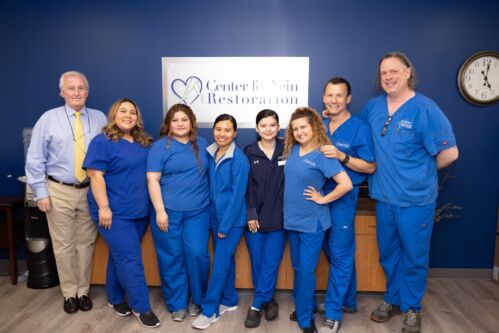 About Us
About Us
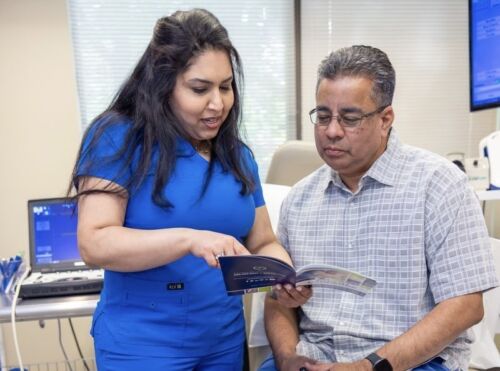 Patient Resources
Patient Resources
 Physician Resources
Physician Resources
